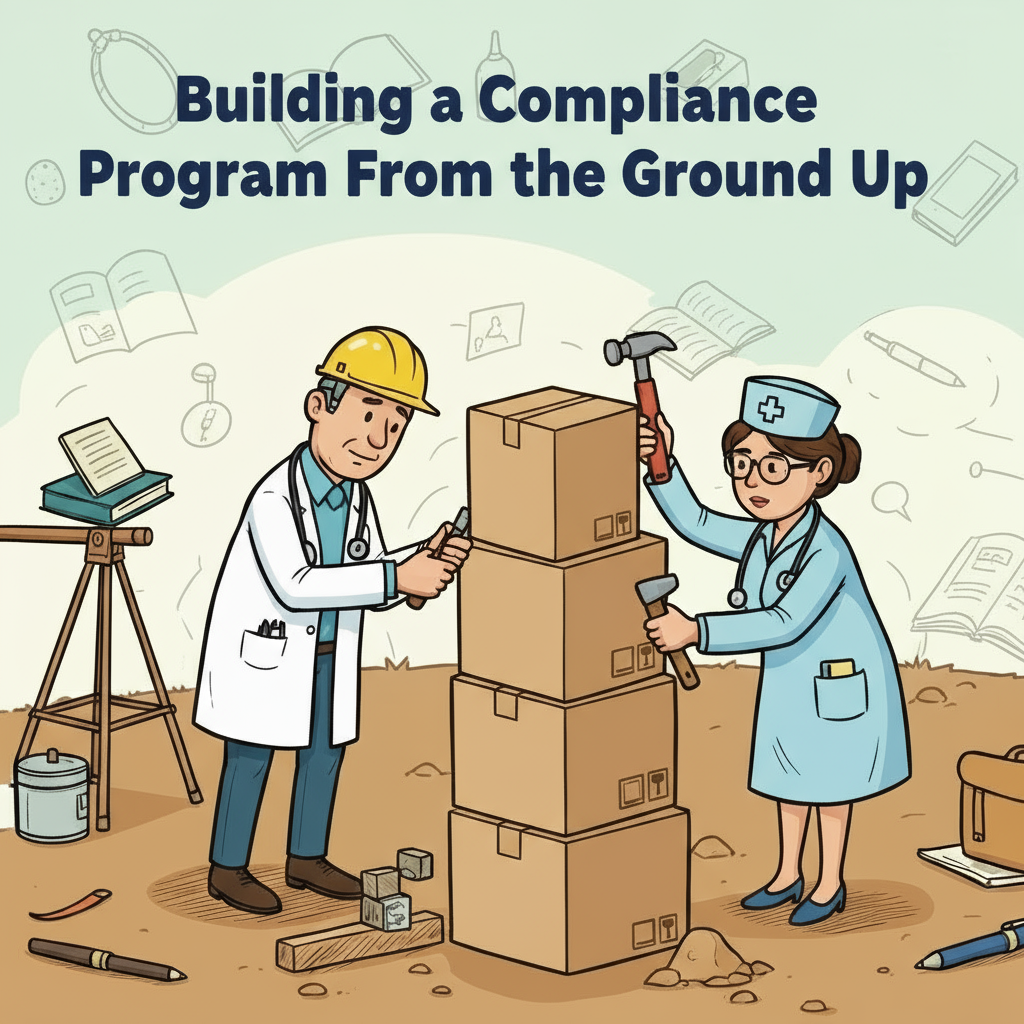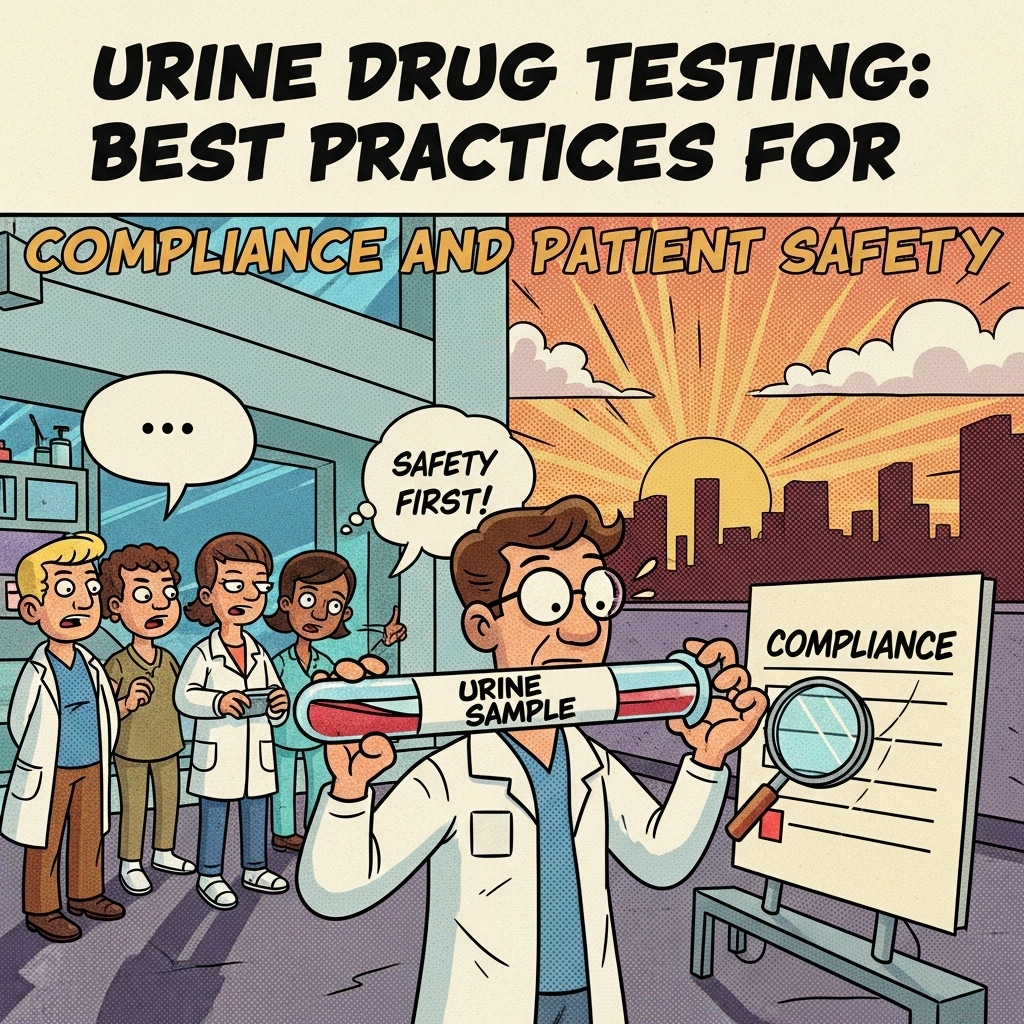
Building a Controlled Substance Compliance Program From the Ground Up
Doug Jorgensen
April 3, 2025
Introduction: Start With the End in Mind
Whether you’re opening a new practice or formalizing policies in an existing one, building a controlled substance compliance program isn’t just about meeting regulatory requirements—it’s about creating a sustainable system that protects patients, providers, and the organization.
A strong compliance program should work on autopilot, not only during an audit but every day in routine patient care.
Step 1: Define Your Compliance Goals
Before you start writing policies, clarify:
- Regulatory Alignment – Meet DEA, state medical board, and payer requirements.
- Risk Mitigation – Reduce the potential for diversion, misuse, and overprescribing.
- Operational Efficiency – Make compliance steps fit naturally into daily workflows.
- Documentation Excellence – Ensure every prescribing decision is defensible.
Step 2: Develop Core Written Policies
Your compliance manual should cover:
- Prescribing Criteria – Conditions under which controlled substances will be initiated, continued, or discontinued.
- Risk Assessment Protocols – Standardized evaluation tools for new patients.
- Monitoring Requirements – PMP checks, urine drug testing (UDT), pill counts, and follow-up intervals.
- Controlled Substance Agreements (CSAs) – Signed by patient and provider before therapy begins.
- Refill and Early Refill Policy – Clearly outline procedures and exceptions.
- Termination Procedures – Steps for safely ending the provider–patient relationship.
Step 3: Train Your Entire Team
- Role-Specific Training – Tailor content for providers, nurses, MAs, and front desk staff.
- Policy Familiarity – Everyone should know where policies are stored and how they apply.
- Scenario Practice – Role-play common patient interactions, such as early refill requests or refusal to comply with UDT.
Step 4: Integrate Compliance Into Workflows
- EHR Templates – Build PMP checkboxes, UDT result fields, and CSA status into visit notes.
- Automated Reminders – Use software to prompt required monitoring before refills.
- Checklists – For each high-risk patient visit, ensure all steps are completed and documented.
Step 5: Conduct Regular Internal and External Audits
- Quarterly Chart Reviews – Randomly sample charts for compliance with policy.
- Policy-Procedure Alignment – Verify that actual practice matches written protocols.
- Corrective Action Plans – Address any deficiencies and retrain staff as needed.
Internal audits demonstrate an earnest commitment to compliance, while external audits communicate to regulators the seriousness with which you approach it.
Step 6: Plan for Regulatory Interactions
- Designate a compliance officer or lead to communicate with auditors.
- Keep a compliance binder with key documents: policies, training logs, sample monitoring reports.
- Be ready to produce evidence quickly and professionally.
Step 7: Review and Update Annually
- Update for changes in state and federal regulations.
- Revise based on audit findings, near misses, or workflow changes.
- Re-educate staff on new policies.
Common Mistakes to Avoid
- Copy-Paste Policies – Generic templates often don’t match your specialty or state laws.
- Inconsistent Enforcement – Selective application undermines your program.
- Overcomplication – If your system is too cumbersome, staff will find ways around it.
Benefits of a Well-Built Program
- Protects your license and reputation.
- Improves patient safety and outcomes.
- Reduces stress during audits.
- Creates a culture of accountability and professionalism.
Final Thoughts: Build It to Last
A compliance program isn’t just paperwork—it’s a living system that should evolve with your practice and the regulatory environment.
The goal is not just to avoid penalties, but to create a safe, ethical, and efficient framework for patient care.
The best compliance program is one that’s so well-integrated, it feels like part of the fabric of the practice.
About the Author
Douglas J. Jorgensen, DO, CPC, FAAO, FACOFP
Dr. Doug is a physician, consultant, and national educator on healthcare compliance, controlled substance policy development, and practice management. He helps organizations build compliance programs that stand up to regulatory scrutiny and support excellent patient care.


